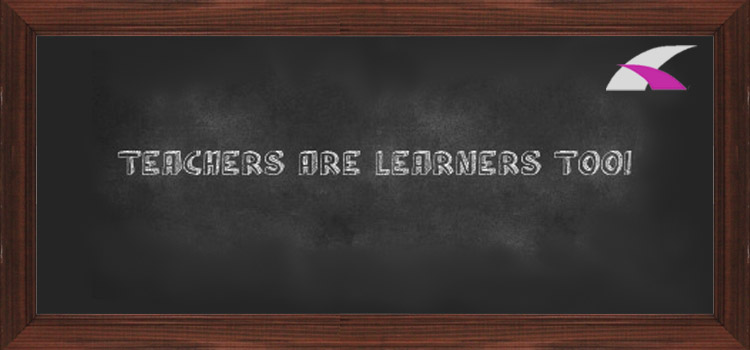So, you've completed your TEFL course, gained your certificate and procured a job. The next part is, how do you do it vs how do you do it well.
I personally don't think there is a wrong and right way of teaching as everyone has their own way and each way works for them; providing the students are learning what they've set out to learn then you must be doing something right. However, I do think there is a slight difference in teaching in a school (where students are obliged to learn) as opposed to teaching privately, or for a company, where the students are paying to learn. The difference being that students who have to learn should follow a protocol of being taught in a stricter manner, which isn't necessary for those paying. But, if you're a teacher who really wants your students to learn, it can be quite difficult to not be so strict. So, how does the teacher student interaction change and how do you go about it?
In any teacher student interaction, knowing your students is key to being able to teach them in a way that they will be responsive to learning. The same way every teacher is different, so is every student. Some are learning because they want to, some are learning because they have to and others are just taking classes for something to do. Knowing the reason they are learning English will help you in your approach.
Starting your lesson with enthusiasm will (hopefully) rub off onto your students and help to make them enthusiastic about learning, regardless of the reason they're there. If you begin your class with a 'don't care' attitude, then they may not be as receptive as you would want them to be so it helps to be cheerful. Having said this, too much cheerfulness could put the more serious students off, therefore you will need to find a balance here.
Whether your students are in your class because they want to be or because they are forced to be, correction is necessary in order to ensure they are learning what they should be learning. If they don't like being corrected (some students think they know better than you!) that's just too bad because that is what you're there to do after all. Teacher student interaction can only improve if you make a good use of this technique.
Because some students are learning because they have to, they may not like it if you're too strict with them. Therefore it's down to you to judge how to manage them so that they continue with their classes and don't get annoyed or frustrated because they're being 'told off'. I, for one, am guilty of being overly strict but it's only because I'm that keen on my students doing well that I myself become frustrated when I feel like I'm failing to get my point across. This is where the ability to compromise comes into play - be strict enough to ensure they are going to learn something but not so strict that they no longer want to be taught by you.
Just because you're a teacher it doesn't mean you can't be a friend too. Asking questions that relate to your students' personal lives (be careful not to get too personal) sometimes helps them to relate to you better and makes them more open to learning. Anyway, I'm far from being an expert as I still have a lot to learn but if you've been thinking about teaching and think you could do all of the above, and more, click here to arrange an interview with Oxbridge TEFL. You can be teaching within a month and doing a better job than me.
;-)
